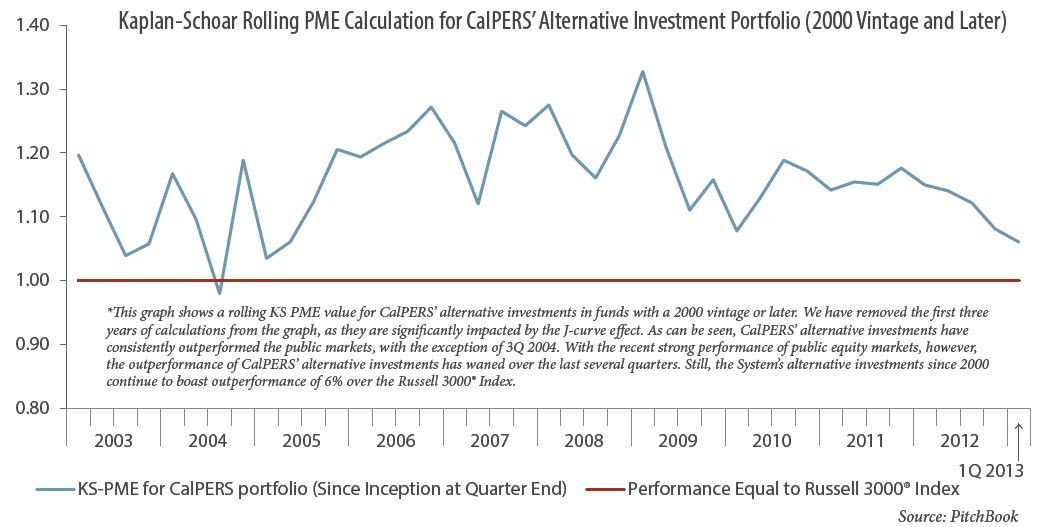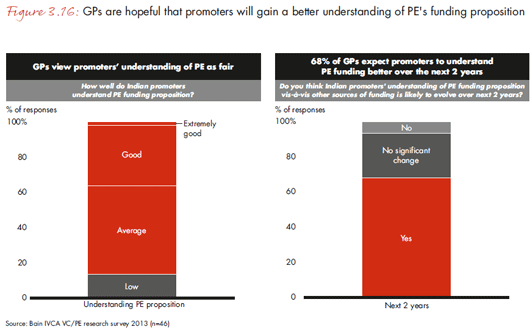The current state of PE portfolio management
Post on: 16 Март, 2015 No Comment

To conclude our series on PE portfolio management strategies and how they have evolved over the past several years, here is a summary of key themes from our Q&As with industry experts. as well as some contextual data and analysis:
Increasing Multiples and Industry Maturation Driving Focus on Building, Add-ons
As Bertram Capitals David Hellier said, the move toward buy-and-build has been driven by the increase in multiples which has necessitated private equity firms to adopt value creation activities beyond the traditional LBO model. Mr. Hellier saw the active buy-and-build approach as more of a response to market conditions, while The Riverside Companys Ron Sansom stated that both market conditions and evolving general PE strategies were likely drivers of the shift toward buy-and-build, adding it has been taking place for a number of years. In Mr. Sansoms words: You cannot generate successful results through financial engineering or any other tricks that might have worked in the go-go days of the industry. Mr. Conner Searcy of Trive Capital stated that operational synergies are the most attractive element regarding add-ons, especially given rising purchase price multiples.
Whatever the primary cause, its clear that add-ons have spiked as of late to command a dominating share of all buyout activity. In the U.S. alone, they hit 60% of buyout activity last year, according to PitchBooks 2015 Annual U.S. PE Breakdown.
Perhaps the push to add-ons and the middle market is what caused median debt percentages in buyouts to stay steady from 2013 to 2014, hovering around 65%. Even if they require more operational management, adding on companies can be worth it from the onset. Not only can add-ons be cheaper, with Wafra Partners Andrew Thompson mentioning their potential structure with a lower cost of capital, but they also are very attractive for how quickly they can accelerate a platform companys growth, he added. Mr. Hellier pointed out how they help drive multiple arbitrage and accelerate capital deployment opportunities.
Growth in Focus on Operations and ESG
Operationally focused private equity groups have received a lot of attention the past few years, said Mr. Thompson.
Operating partners are definitely the buzz in the PE world today, added Mr. Hellier, whose firm also utilizes an in-house IT services team to assist portfolio companies in software development, selection and deployment, as well as Internet services.
There has been an increase in the use of operational resources in the past few years (consultants, operating partners, etc.). This is the natural evolution of the maturing of the PE industry and being forced to create value in new ways, said Mr. Searcy.
Our operating teams, which once only addressed portfolio company challenges, (are) now part of the deal sourcing process and helping evaluate opportunities, noted Mr. Sansom.
Mr. Sansom doesnt see this increased focus on operations going anywhere soon: I think PE firms will all need to deliver much more than capital if they are to generate solid returns. Mr. Thompsons thoughts were much the same, adding that he expected it to increase even further in the middle market. With PEs focus shifting more and more to the middle market—its share of overall PE activity in the U.S. only swelling—that makes sense, as does PE turning toward operations-dedicated personnel.
Another growing focus for PE firms is the adoption of ESG programs, according to survey results from our most recent ESG Report, and Mr. Sansom said Riverside was no exception: We grade every prospective portfolio company on ESG metrics, and these grades have a significant impact on our decision to invest. He cited it as simply a form of good due diligence. Mr. Thompson similarly stated his firm only invested in companies that meet certain ethical standards and sensibilities, as well as avoiding certain risks. That inclusion of risks is telling, as LPs are often the true drivers behind ESG adoption, and one of their primary areas of concern is risk management.

Honing Industry Targets
Mr. Thompson was optimistically generalist about buy-and-build with regard to industry: So long as you have a scalable platform and a team capable of identifying and assimilating accretive acquisitions, a buy-and-build strategy can work across industries. In addition, he stated Wafra has had success partnering with industry-specific executives to assist in sourcing and portfolio management.
Very broadly speaking, Mr. Sansom said, companies that come with a strong management team and possess a secure recurring revenue stream do well under our selection process, while material customer concentrations and poor systems and infrastructure materially temper our enthusiasm.
Bertram Capital focuses on three industry verticals: business services, consumer and industrials/manufacturing. Mr. Hellier explained that his firms operating approach was well-suited to opportunities found within those sectors, such as sales and marketing improvements, supply chain and manufacturing optimization and more.
An increasingly niche focus on specific industries makes sense in an expensive investment climate. It also speaks to PEs maturation as an industry, where buying and building, as the natural culmination of PEs core strategy, only works if you know how to build what you buy. General operating improvements work up to a certain level, but in a costly environment with plenty of competition, PE firms who can demonstrate industry expertise will win more bids.
Want more data? Click here to check out our reports library; for a free trial of our platform, contact us here .
Featured image courtesy of Wikimedia Commons user Tuxyso.














